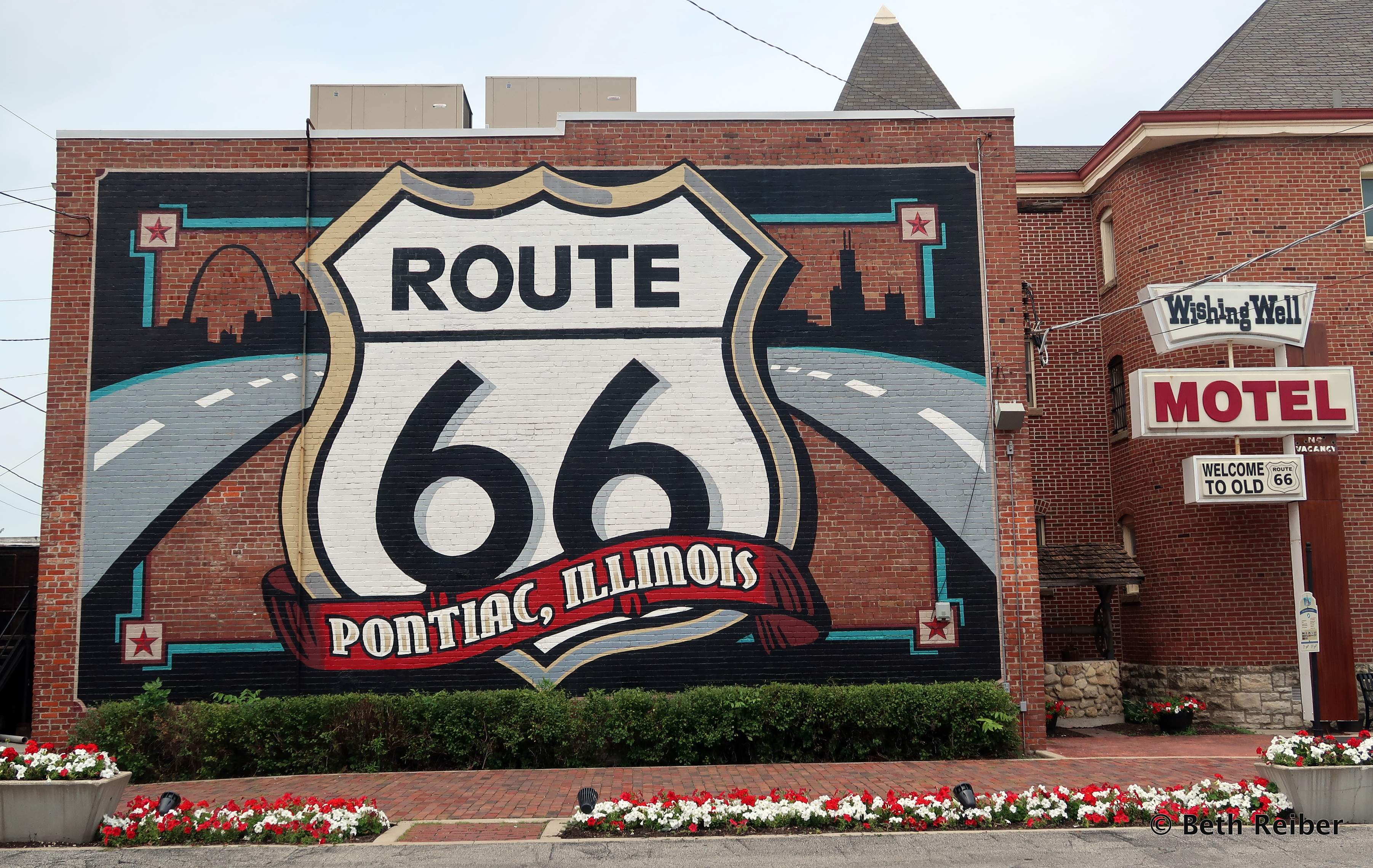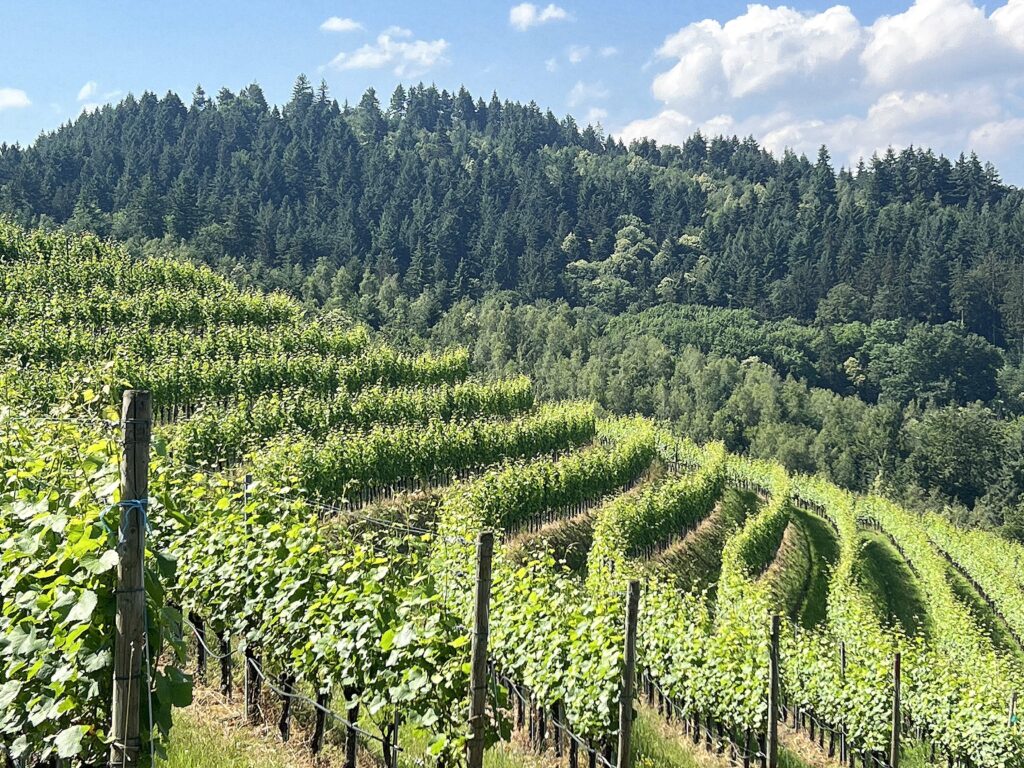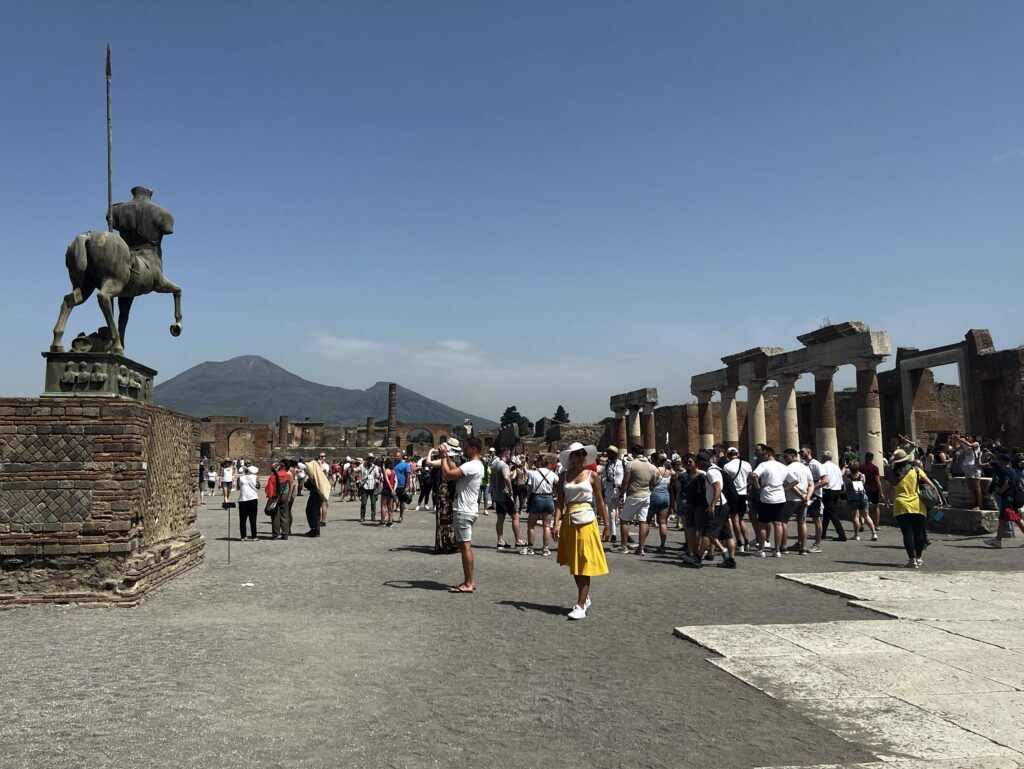Anyone who knows me knows I would never travel to a renowned wine region without sampling the goods. But in Germany it’s worth exploring alcohol-free alternatives in Baden’s wine region, making it a good destination for travelers who don’t drink alcohol, are designated drivers, or are searching for destinations during Dry January. These include alcohol-free wine and semi-sparkling wine, the world’s first alcohol-free gin, and arguably Germany’s best mineral water. I sampled them all.

Baden’s location in southwest Germany affords it the country’s sunniest and warmest climate, making it a vacation spot year-round. It’s also home to Germany’s fabled Black Forest, laced with hiking trails and punctuated with hillside vineyards, streams, meadows, and picture-perfect medieval villages.
Best of all, it doesn’t draw the crowds that plague Berlin, Munich, and Germany’s other touristy destinations. In Oberkirch, one of the Black Forest’s most picturesque villages, Americans account for fewer than five percent of its visitors.

Baden’s sunny climate is almost Mediterranean-like
The Baden wine region, stretching some 300 miles from villages near Heidelberg to the Swiss border, is the third largest of Germany’s 13 wine regions. Like most wine-producing regions in the country, Baden turns out plenty of white Riesling. However, due to a warm climate, 40 percent of its vineyards are planted with red grapes, especially pinot.
Popular Baden wines, therefore, include pinot noir (called Spätburgunder in German) and pinot gris (Grauburgunder), and pinot blanc (Weissburgunder). Recently, grapes that thrive in warmer climates have also been introduced due to rising temperatures, including viognier, lagrein, and syrah. But you’ll have to come to Baden to taste them. Small production and prohibitive exporting costs mean that many wines are available only here, usually only at the winery. That includes alcohol-free alternatives in Baden’s wine region, though they account for just a fraction of total output.

Baden’s sunny climate bestows another honor, as a fruit and nut paradise. Orchards and fields yield a bounty of cherries, plums, apples, currants, almonds, chestnuts, and walnuts, many of which find their way into local specialties like Black Forest Cake, a glorious concoction of dark chocolate, cherries, cherry schnaps, and whipped cream.
It was here that I had the best strawberries of my life, so sweet and juicy they tasted like candy. Baden’s abundance of fruit translates also into an unconscionable number of distilleries: 14,000 in the Black Forest alone. I sampled only a couple.
Baden’s natural beauty
Baden’s most famous natural wonder is the Black Forest, known in Germany as the Schwarzwald. Just 100 miles long and 25 miles wide, the Black Forest looms large in the public imagination, owing to its forested mountains of deciduous and coniferous trees, rivers and lakes, meadows, and fairy-tale villages sporting half-timbered houses and cobblestone streets.

The Black Forest is very accessible, due to a whopping 15,000 miles of hiking trails. Because Germany offers the “right to roam” (Betretungsrecht), hikers are given free rein to wander through uncultivated lands and forests pretty much everywhere, both public and private. Unsurprisingly, trails in Germany are extremely well marked, noting whether they are local or long-distance hikes and their degree of difficulty.
Following Baden’s trails
Baden’s most famous trail is the 300-mile Baden Wine Route, which celebrated its 70th anniversary in 2024 and stretches the entire length of the Baden wine region. Or you can ditch the car and opt for the 285-mile Baden Wine Cycle Path, mostly on dedicated asphalt cycling paths.
Germany is famous for its half-timbered houses (they do make for great photos), so it’s nice to know that the 2,000-mile German Half-Timbered House Road, which traverses nearly the entire length of Germany, passes through the Black Forest in towns like Gengenbach. You don’t want to miss Gengenbach.

Another trail that might pique your interest is the 186-mile loop Germany Clock Route, which celebrates the Black Forest as the birthplace of the cuckoo clock and takes in its most famous clockmaking towns. From spring to mid-June, white asparagus is the star of the 84-mile Baden Asparagus Route, where you’ll find fields, markets, and restaurants dedicated to the tender white shoots.
For more on Baden, the Black Forest, medieval villages, wines, cuisine, and things to do, see my article GERMANY’S BLACK FOREST HAS MORE THAN CAKE AND CUCKOO CLOCKS, published in East-West News Service.
Alcohol-free alternatives in Baden’s wine region
Alcohol-free Wines
There are hundreds of vineyards in the Baden wine region, many spread on hills so steep that grapes must be harvested by hand. Until the 1930s, virtually every farmer had vineyards, but not everyone made good wine. Nor were they good at selling it.
Then came wine cooperatives, comprised mostly of small growers tending vineyards passed down for generations. Although wine co-ops exist in other countries like Austria, Italy, and the United States, what sets southwest Germany apart is the sheer number of cooperatives: some 80 co-ops (alongside 300 individual vintners that do not belong to co-ops).
Located in Bötzingen, the Bötzingen Winery Cooperative was founded in 1935 by 64 vintners; it now counts more than 300 members. Pinot noir is its biggest seller. It was one of the first co-ops to make alcohol-free wines, produced by undergoing a second distillation and adding grape juice for flavor.
Among its alcohol-free offerings are white Müller-Thurgau, which hints of apple and citrus; a Spätburgunder Rosé with a fruity taste of raspberry and blackcurrant; a pinot noir; and a couple of sparkling wines. Still, non-alcoholic offerings make up just five percent of its wines.

Baden’s largest co-op is the Badische Winzerkeller in Breisach am Rhein. A 70-year history has seen membership grow to 4,000 winegrowers, giving it the largest wine cellar in Europe. It’s so large that 90-minute guided tours include a ride on a tram. Its alcohol-free offerings include a Martin Schongauer Pinot Blanc, as well as two offerings of Sekt (German sparkling wine).
Gin
BOAR Gin Distillery, located in Bad-Peterstal-Griesbach in the Black Forest, has roots as a family business going back six generations, to 1884. Gin, however, is a rather new operation, first released in 2016. Yet the small family distillery quickly gained fame for its one-of-a-kind production process, becoming the most award-winning distillery in the world in 2017 and 2018, followed by many other honors.
It’s the only distillery in Germany involved in making gin through the entire process from beginning to end, including the production of basic alcohol on its premises. Organic wheat from local farmers is used to make the mash, followed by fermentation and distillation in a copper still. As many as 19 organic botanicals are added, including juniper, lavender, rose petals, and even black truffle from the Black Forest.
After distillation, the gin is left to rest for three months before mineral-rich water from the distillery’s own natural spring is added to bring alcohol content to 43%. After that, bottles are filled, labeled, and packed by hand.
But why non-alcoholic gin?
“For our pregnant wives, colleagues, and friends who couldn’t drink alcohol,” says managing director Hannes Schmidt.

That goal led to BOAR ZERO, the world’s only organic non-alcoholic gin that is distilled a second time to remove alcohol and made without any additives like sugar, preservatives, and artificial flavors. That allows the gin’s organic juniper, thyme, lavender, citrus, and coriander to take center stage. Schmidt says that’s the difference from other distilleries, which add aromas to introduce a gin flavor into water.
BOAR ZERO can be enjoyed with tonic water or as the base for alcohol-free cocktails. It’s also, I might add, refreshing. I could even drink it for breakfast.
Alcohol-free alternatives in Baden’s wine region includes mineral water!
If it seems strange to include mineral water in a discussion of alcohol-free alternatives in Baden’s wine region, then you don’t know the German obsession with Mineralwasser. So much so that the federal government regulates mineral water and inspects springs and wells annually to make sure nothing is added to the water.
The Black Forest is famous for its spring water, evident in the number of people producing everything from wines to Schnaps to gin who told me pure water was one of their most important ingredients. It stands to reason, therefore, that Black Forest spring water is also bottled for consumption.
As rainwater filters through rock layers like sandstone and granite to underground reserves, impurities are removed, and different minerals are absorbed. Those minerals can include calcium, fluoride, sulfate, sodium, magnesium, chloride, and more.
In the Black Forest, Peterstaler, Schwarzwald Sprudel, and Griesbacher are three of Germany’s most famous brands, valued not only for their high mineral content but also for having the lowest sodium in the country. A 750-milliliter (25.3 ounces) bottle of Griesbacher has a total mineral content of almost 2,300 milligrams, making it one of the healthiest mineral waters and considered good for muscles, stomach, intestines, and, well, basically for everything.

“It’s important to drink mineral water before breakfast because it gives you energy, everything works better, and it produces blood,” says Reiner Häberle, whose business card says he’s a water expert.
I met him at the Sophienquelle pavilion in Bad Peterstal-Griesbach, built over mineral springs discovered in 1835 and named after the Grand Duchess Sophie. The colorful landmark offers fountains of free, refreshing spring water, making it a popular stop for locals, bikers, and hikers.
Though we have bottled water in the United States, including spring and artesian well water, we don’t produce the quality of mineral water they have in Germany. Häberle suggests Gerolsteiner, which has 2,500 mg of mineral content, as your best bet. Not all products from the same company have the same mineral content, however, so it pays to check. Of all the things I learned about alcohol-free alternatives in Baden’s wine region, I have to say learning about mineral water was the most interesting.







